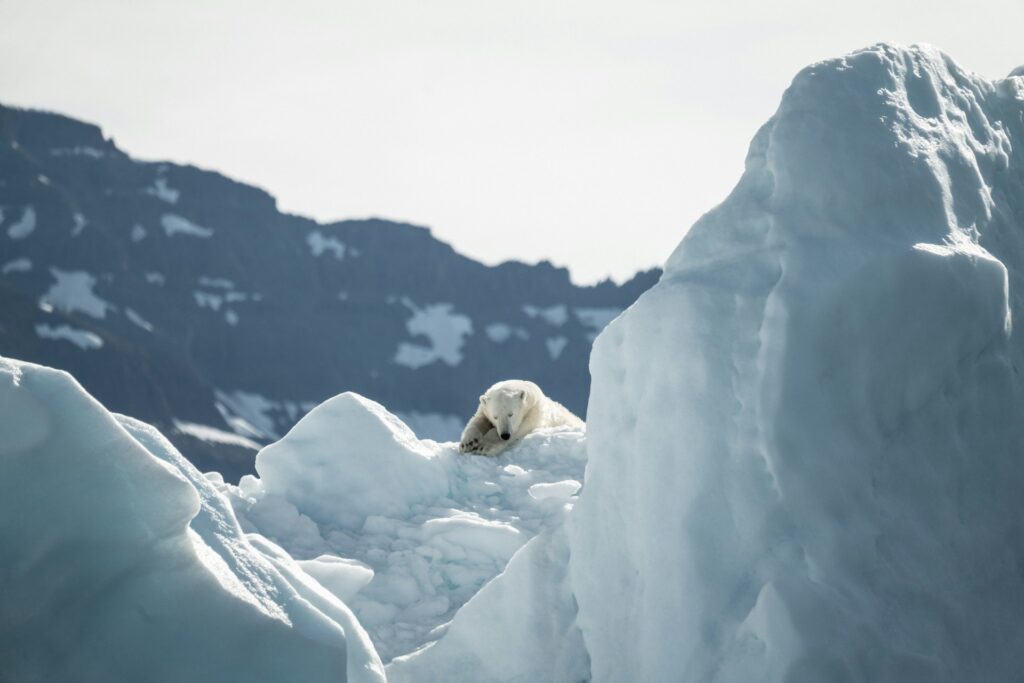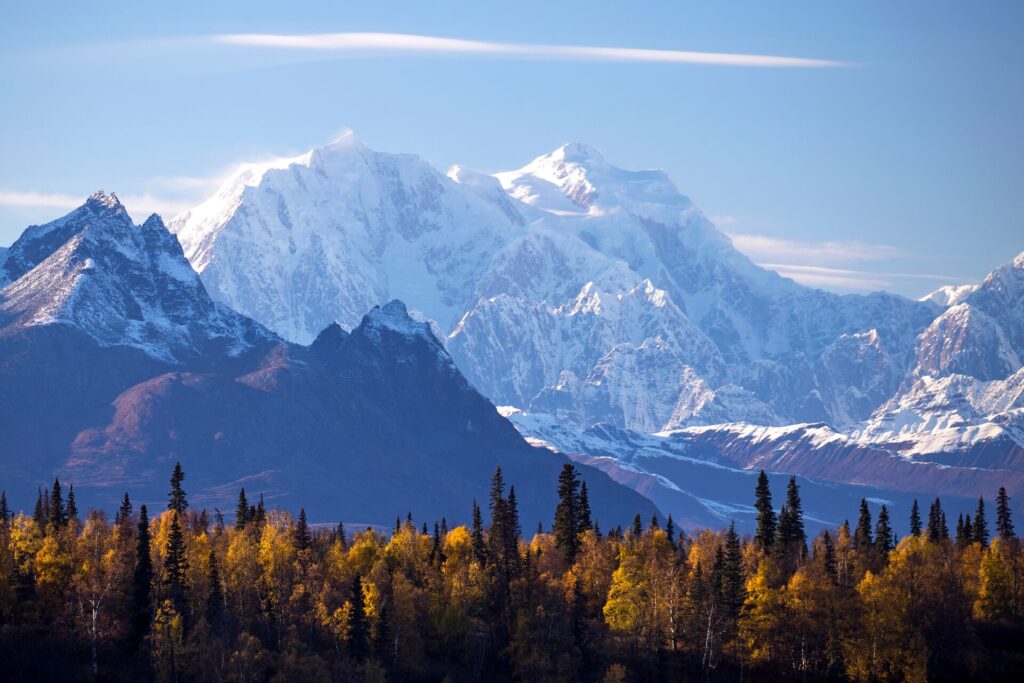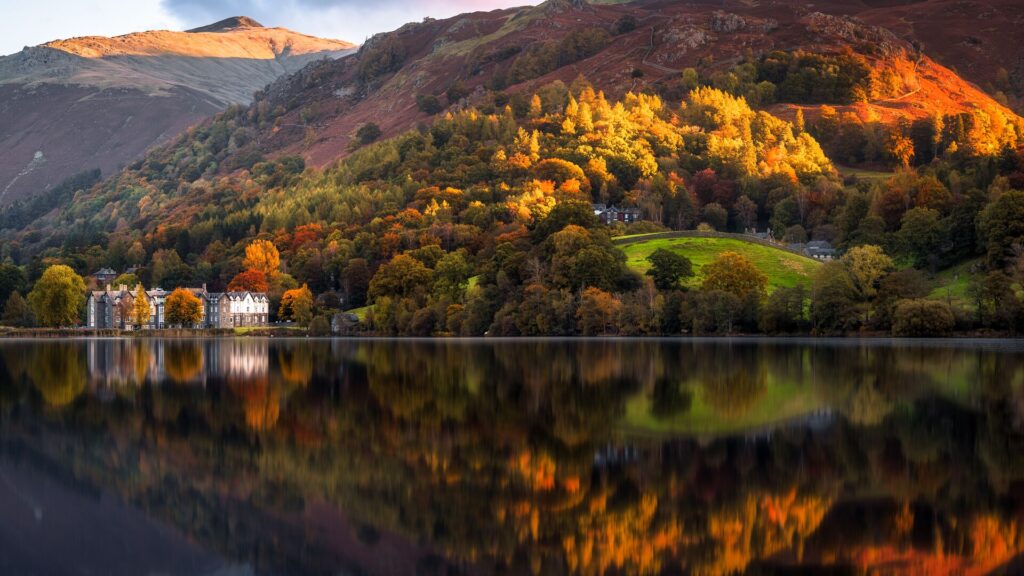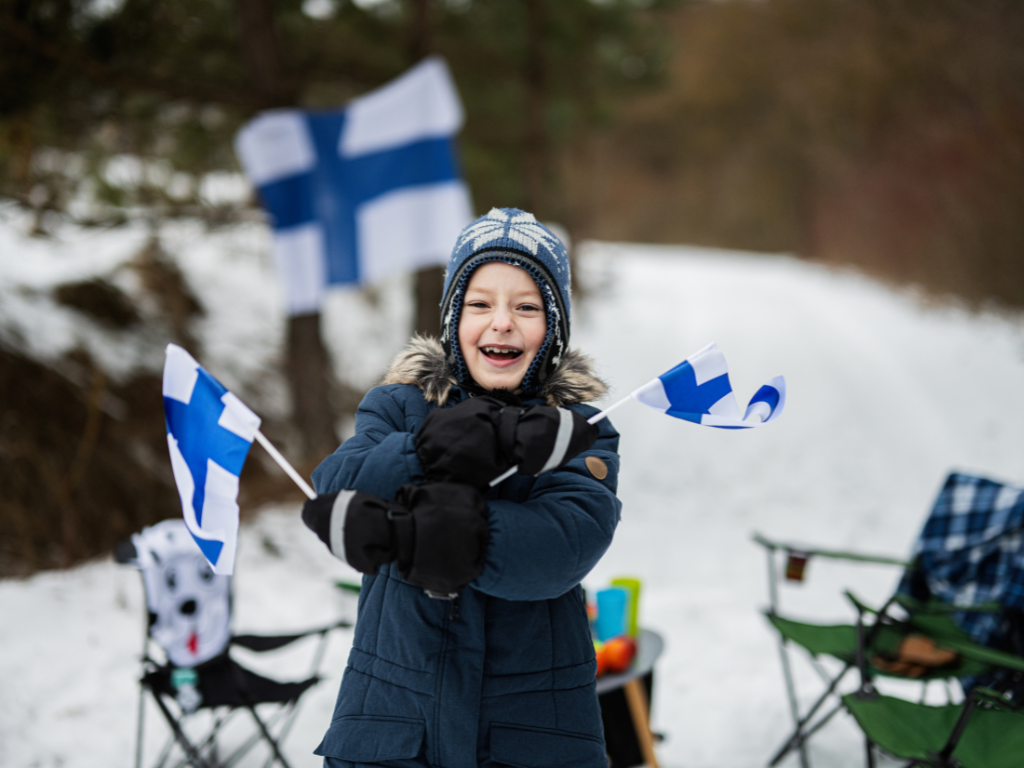Foraging for food has increased in popularity over the last few years. Whether it is a fun activity that connects you to nature, or a lifestyle choice, foraging has been around since the dawn of man. Today, more and more people are keen to learn about the benefits of plants and trees for health or as ingredients, coupled with a desire to both understand, and appreciate, where our food comes from.
If you’re looking to get closer to nature, then there’s no place quite like the Bannau Brycheiniog (Brecon Beacons) National Park in Wales. Mountains and moorland dotted with standing stones, castles, villages and waterfalls offers visitors a stunning way to embrace Welsh culture, nature and mythology.
We had the pleasure to talk with Adele Nozedar, author and founder of Brecon Beacons Foraging. She tells us more about this beautiful landscape and connecting to nature through foraging. She also shares some dos and don’ts to think about along the way.
Discover this on: Country Roads of Wales, Devon and Cornwall
What is foraging?
Described as “the act of searching, identifying and collecting food resources in the wild”, if you have ever picked an apple from the tree to eat or wild blackberries from a hedge, that’s foraging. An abundance of plants, mushrooms, herbs and fruits are growing freely around us. In the past foraging was a part of everyday life, with households using ingredients that were often growing wild. With everything available in the supermarket today, many of these skills have been lost.
“I’m not just talking to people about wild plants, I’m helping them connect with who they are. Because we’re all part of the natural world,” Adele explains. “Plants have been here long before us. As human beings we think we’re in charge of everything. And in fact, that is quite stressful. I love seeing that “shoulder drop” moment when foraging for food where people go “Ah, it’s so easy.” I love it when that happens because I feel like I’ve just done my job. Helping people reintroduce themselves to their own planet.”
You may also be interested to read: How you can experience the slow food movement when traveling with Insight
Meet Adele
“I was always the kind of kid who would be grubbing around in the undergrowth for anything that that I could find,” Adele tells us with a grin. “It could be plants; it could be marbles. I just loved the outdoors.” As an adult she ended up working in the music industry. However, she always knew her future lay back in nature.
“At first, I just started playing around with wild foods. I wouldn’t have called it foraging then. It was more seeing how I could feed people with what I found,” she explains. Adele then started writing books, about the outdoors, and her love of plants. The Hedgerow Handbook fast became the “go to” guidebook if you wanted to learn about plants.
Adele led her first foraging walk at the esteemed literature event The Hay Festival and never looked back. “Everyone was so nice, and then more people started to ask me to help them go out and find wild plants. I thought, well, that’s easy, everyone knows about this. But it turns out that they don’t. We all have our own kind of special superpowers, don’t we? And it turned out that mine was being able to connect people with the outdoors.”
One for your reading list: These are the best countries for vegetarian dining in Europe
WHAT LIES IN STORE
![]()
A stunningly beautiful mountain range and National Park, Wales’s Bannau Brycheiniog (Brecon Beacons) National Park is home to a huge variety of plants and wildlife. It is in this magical rural setting that you will meet Adele in her village. “The village itself has a medieval layout, centered around a big Manor house,” she tells us. “There’s an old church with ancient trees and a little river. Everything you could possibly want to learn about foraging for food is right at your fingertips.”
On the walk Adele will show you plants and flowers that you can eat and use, encouraging guests to see, smell, feel and taste what they find. “I love pointing out the edible parts of a garden that people wouldn’t necessarily realize,” she says. “Begonias and tulips are a perfect example.”
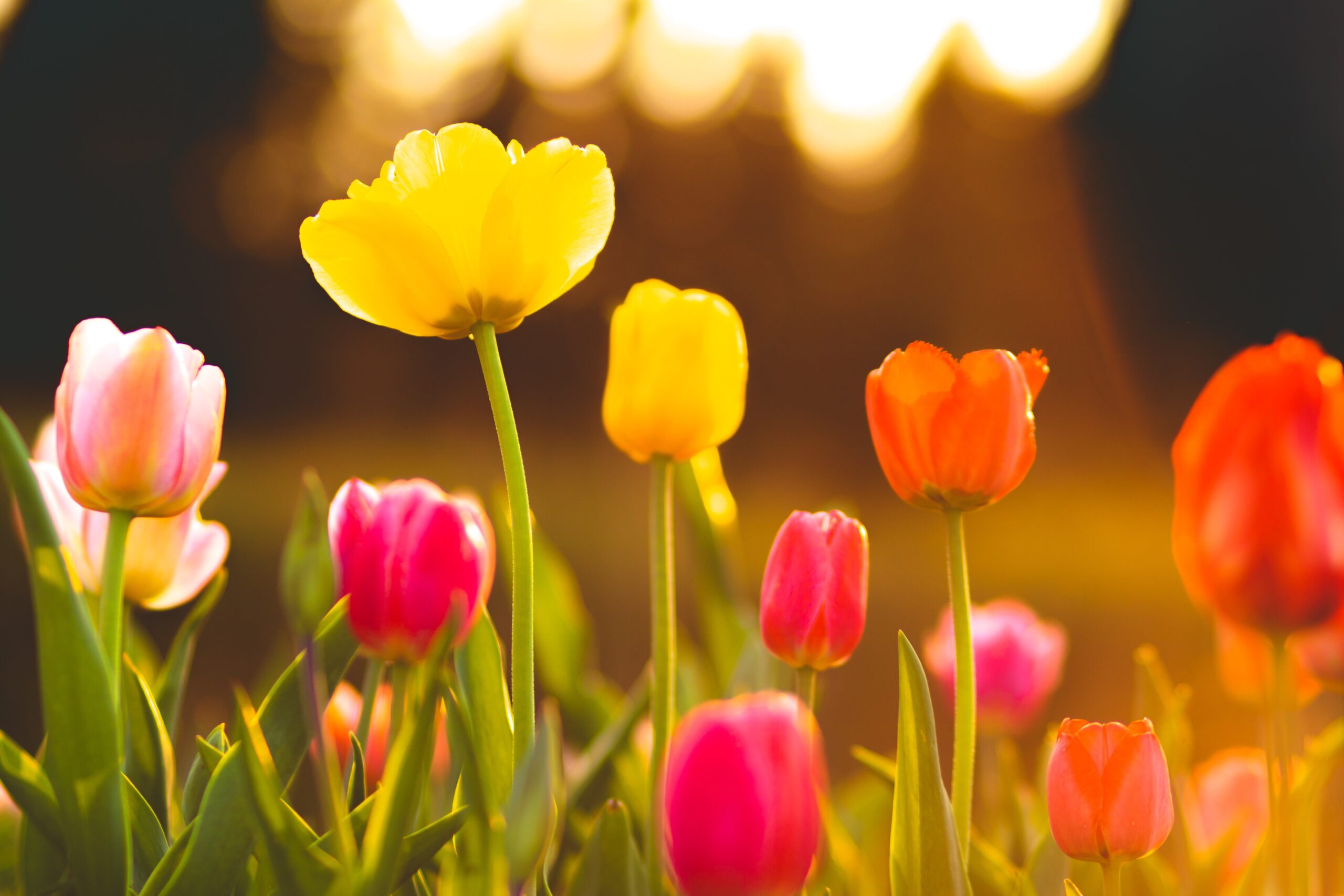
“I love that Insight guests are so inquisitive and well read. It is quite a treat for me and keeps me on my toes.,” she says with a wry grin. “It also encourages me look at things in a slightly different way.
“A magical thing happens when you’re talking about plants and trees and nature. I find that people start to remember things. Especially with older groups, very often you might not be able to remember what you have for breakfast, but nature evokes a vivid memory of a day or an occasion. I think that it is really satisfying for people to be able to come up with and share these stories.”
For travel inspiration: Wales destination guide
FORAGING FOR FOOD: DOS AND DON’TS
View this post on Instagram
Do: start in your own backyard
“Start off exactly where you are,” she advises. “From this you will see that plants are absolutely everywhere. Because some plants are designated as ornamental, we think they shouldn’t be eaten, but often that is wrong. You’ll be amazed at how much of your garden or local outdoor space could be put in a pot!”
Do: use Apps
“Apps can be great to help you identify what you are finding. There is no reason to not turn to technology to help you learn,” Adele says encouragingly. “I would advise to use a few different apps and also books to make sure you get a broad input of information.” More Apps are becoming available and increasing in accuracy, such as Plantfinder.
Do: forage with friends and family
“People generally may think that they don’t know anything at all about foraging, but once you start a conversation people start remembering things,” Adele says enthusiastically. “I remember that you can do this with the dandelion or put these flowers in a salad, for example.”
“It is also a great experience to go out foraging for food with children and grandchildren,” shares Adele. Her book Foraging with Kids makes the perfect accompaniment. “This is a distillation of all the awkward questions that children had asked over the years,” she says with a laugh. “It’s all about children and adults learning together.”
View this post on Instagram
Don’t: think you have to go away to find nature
“Don’t think that you must plan ahead, pack your bags and head out on a big journey to forage. Often the most useful plants are the ones that are the most common as well,” Adele explains. “When in a hotel take some time to forage around the garden. When out for a walk see what there is around you. Even seemingly urban landscapes have so much to offer, so just make the most of wherever you are.”
Don’t: put anything in your mouth if you don’t know what it is
“This is the Golden Rule of foraging for food,” explains Adele.” If you don’t know what the plant is, investigate first. Either through an App or with your foraging guide on your walk. Always be aware of what it is you’re eating, especially when mushroom foraging.”
Don’t: be afraid to ask
“If you don’t know something, there’s a high probability that nobody else around you does either,” Adele tells us. “So don’t be afraid you’re going to look foolish when wild foraging because you’re not. Every question is a great question.”
You may also enjoy reading: It all comes back to the plate: Food’s role in understanding culture
If you’re keen to learn more about foraging for food and to meet Adele in Wales, join us on our Country Roads of Wales, Devon and Cornwall premium guided tour.
